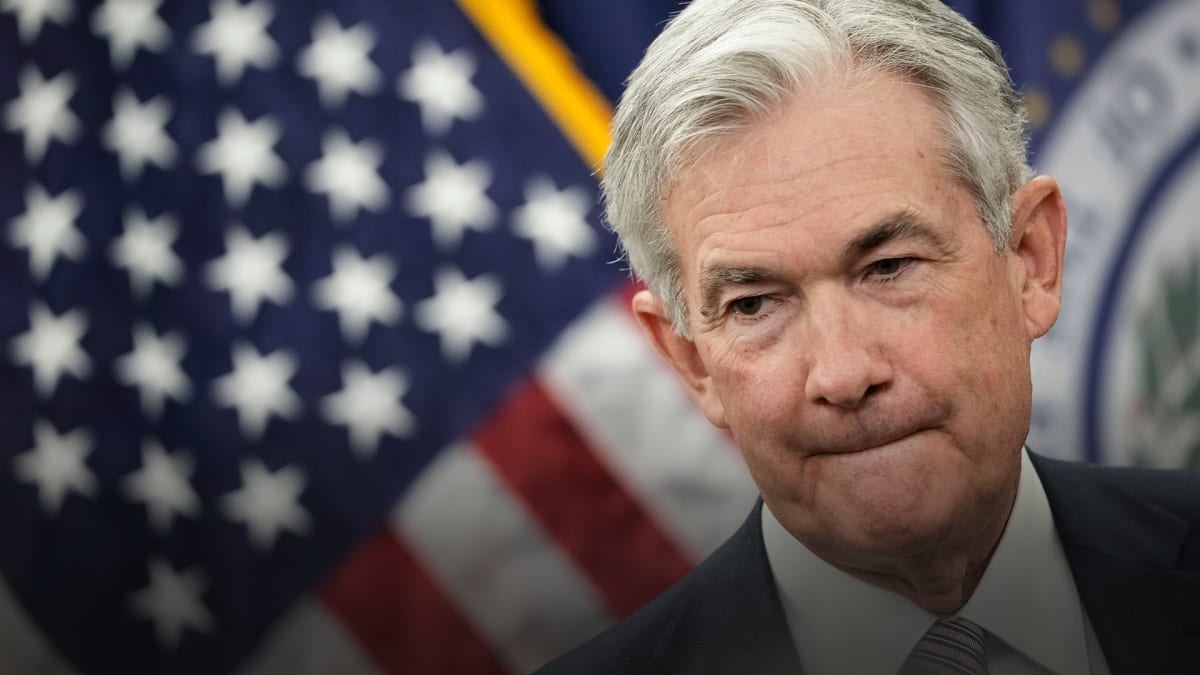
The Bank of England, Britain's central bank, lifted its key lending rate by a half a percentage point Thursday, marking a stark contrast to the Federal Reserve's decision to pause its tightening cycle and suggesting that global inflation pressures will remain elevated well into the second half of the year.
The Bank of England's Monetary Policy Committee (MPC) added 50 basis points to its benchmark Bank Rate Thursday in London, taking it to a fifteen-year high of 5%. The MPC also indicated that further hikes would likely be required in order to tame some of the fastest inflation rates in decades. Analysts had forecast an increase of just 25 basis points.
"There has been significant upside news in recent data that indicated more persistence in the inflation process, agianst a background of a tight labour market and continued resilience in demand," the Bank of England wrote in remarks that closely echo the Fed's own assessment of the U.S. economy.
"The MPC will continue to monitor closely indications of persistent inflationary pressures in the economy as a whole ... if there were to be evidence of more persistent pressures,, then further tightening in monetary policy would be required."
Norway's Norges Bank also lifted its key policy rate by 50 basis points to a a 15-year high of 3.75% while Switzerland's Swiss National Bank unveiled a 25 basis point increase earlier today in Zurich, citing "persisting second-round effects in many domestic goods and services", even with the lowest inflation rate -- 2.2% -- of the G10 economies.
Last week, the European Central Bank extended its hiking cycle with a 25 basis point increase in each of its three key policy rates, putting the median at a 22-year high of 3.5%, with President Christine Lagarde noting that, 'barring a material change to our baseline, it is very likely the case that we will continue to increase rates in July."
The western central bank hawkishness could alter the Fed's thinking as it moves towards its July rate decision in Washington, even as Chairman Jerome Powell continues to insist that incoming data will define the near-term rate path.
Powell told the House Financial Services Committee Wednesday that there is still a "long way to go" to bring inflation back to the Fed's 2% target, adding that two more rate hikes this year would be a "pretty good guess of what will happen if the economy performs about as expected" in terms of policy direction.
Last week, the Fed kept the federal-funds rate on hold at between 5% to 5.25%, snapping a streak of 10 consecutive increases that lifted the benchmark to the highest since 2007. But the Fed lifted the upper-end of its near-term rate forecast, suggesting the central bank still feels tighter financial conditions we
In the Fed's summary of economic projections, also known as the dot plots, which indicates the prospective forecasts of voting and nonvoting members of the Federal Open Market Committee, the median view of the federal-funds rate by year's end was marked 0.5 point higher, at 5.6%, compared with the March release.
That suggests the potential for at least two more rate hikes between now and December, the Fed's last policy meeting of the year, although Powell would not confirm whether a decision for the July meeting had been made.
Markets are only betting on one more hike -- in July -- and see the economy sliding into recession over the second half of the year, as the gap between 2-year and 10-year note yields widens to around 99 basis points, a steepening that typically amplifies investors' recession concerns.
The twin conditions of rising rates and weakening growth prospects has stocks on the back foot this week, with data from S3 Partners indicating short-sellers have more than $1 trillion in wagers against the S&P 500, the most since April of last year.
Curiously, the market's key volatility gauge, the VIX index, continues to retreat, touching the lowest levels since the pandemic in overnight trading and last seen marked at 13.85, a level that suggests investors see daily moves of around 0.86%, or 37 points, for the S&P 500 over the coming month.
U.S. stocks moved lower in the wake of the Bank of England rate decision, as well as the central bank tightening in Switzerland and Norway, with futures contracts tied to the S&P 500 indicating a 12 point opening bell decline.
Contracts tied to the Dow Jones Industrial Average are priced for a 95 point slip, with the Nasdaq looking at a xxx point pullback as the tech-focused index looks set to snap its eight-week winning streak.







